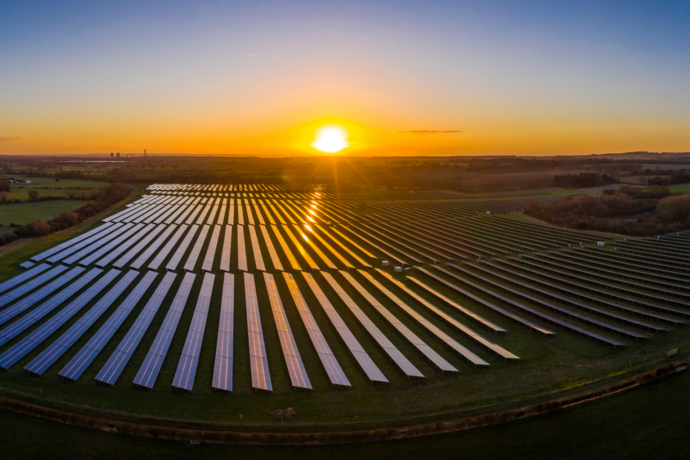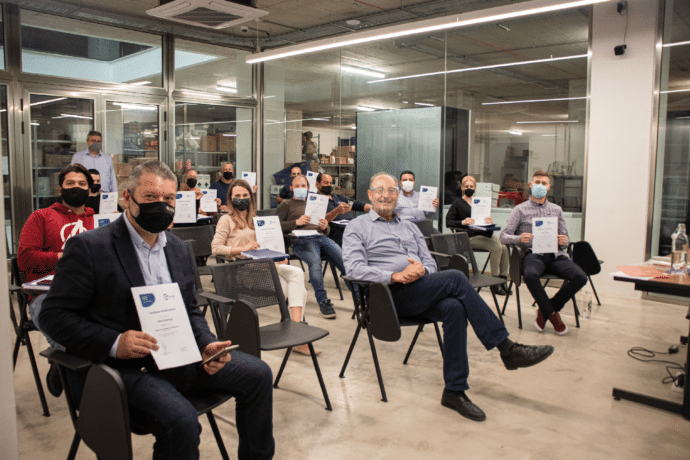Capturing the Power of the Sun: Exploring the Key Components of a Solar Panel System
Solar panel systems have become increasingly popular as renewable energy solutions for both residential and commercial purposes. By harnessing the power of sunlight, these systems offer a clean and sustainable alternative to traditional electricity sources. In this article, we will explore the main components that make up a solar panel system and their roles in generating clean, renewable energy.
The following are the primary components of a solar panel system:
Solar Panels

Solar panels serve as the foundation of every PV system. They are composed of linked solar cells, typically made of silicon, which act as semiconductors. When sunlight strikes
these cells, electrons are excited, generating a direct current (DC) electrical charge. The solar cells are positioned between a transparent front cover, usually made of glass, and a protective back sheet. The panels are enclosed to shield them from environmental elements such as moisture, temperature fluctuations, and physical damage.
BT Commercial offers a wide range of high-quality solar panels to meet your renewable energy needs. To explore our range of solar panels and find out more about our services, please visit our website at https://btmalta.com/product-category/products/alternative-energy/.
Inverters
While homes and businesses utilize alternating current (AC) electricity, solar panels produce DC electricity. Inverters play a crucial role in converting the DC electricity generated by solar panels into AC electricity that can be directly used within the building or connected to the power lines for grid integration. This allows electricity to be exported or used for homeowner consumption, maximizing the benefits of the PV system. In addition, inverters optimize power output, monitor system performance, and ensure electrical safety.
BT Commercial proudly offers new generation string Huawei inverters for your solar panel system. Huawei inverters are known for their advanced technology, high efficiency, and reliable performance. With Huawei inverters, you can maximize the power output of your solar panels and ensure optimal energy conversion.
Structure
Solar panel systems require a sturdy and reliable structure to securely support the panels. Racks, rails, and brackets are commonly used components in the system’s structure. These parts are designed to withstand various weather conditions, including wind, snow, and seismic activity. Proper engineering and installation of the structure are essential to position the panels at the optimal angle and orientation for maximum sunlight exposure throughout the year. Tilt is also an important consideration for ensuring year-round electricity generation.
Optimizers
Optimizers are utilized in certain PV systems to enhance overall system performance. These electronic devices are installed at the module level and are typically attached to the back of each solar panel. Optimizers regulate the voltage and current to maximize energy production from each panel, thereby optimizing the system’s overall output. Additionally, optimizers enable panel-level monitoring, providing valuable information on the performance of each module and identifying potential problems or inefficiencies. They are particularly useful in shaded areas where sunlight exposure may be limited.
By understanding the key components of a solar panel system, individuals interested in utilizing solar energy can make informed decisions regarding system design, installation, and maintenance. Solar panel systems offer a sustainable and eco-friendly way to generate electricity, reducing reliance on conventional power sources and contributing to a greener future.
BT Commercial also offers optimizers to complement your project whenever there is a need. Our team is equipped to assess your specific requirements and provide tailored solutions to enhance the performance of your solar panel system.
Contact BT Commercial to get support and book a FREE consultation!
Want to know more? Visit our Alternative Energy section!










Leave a comment